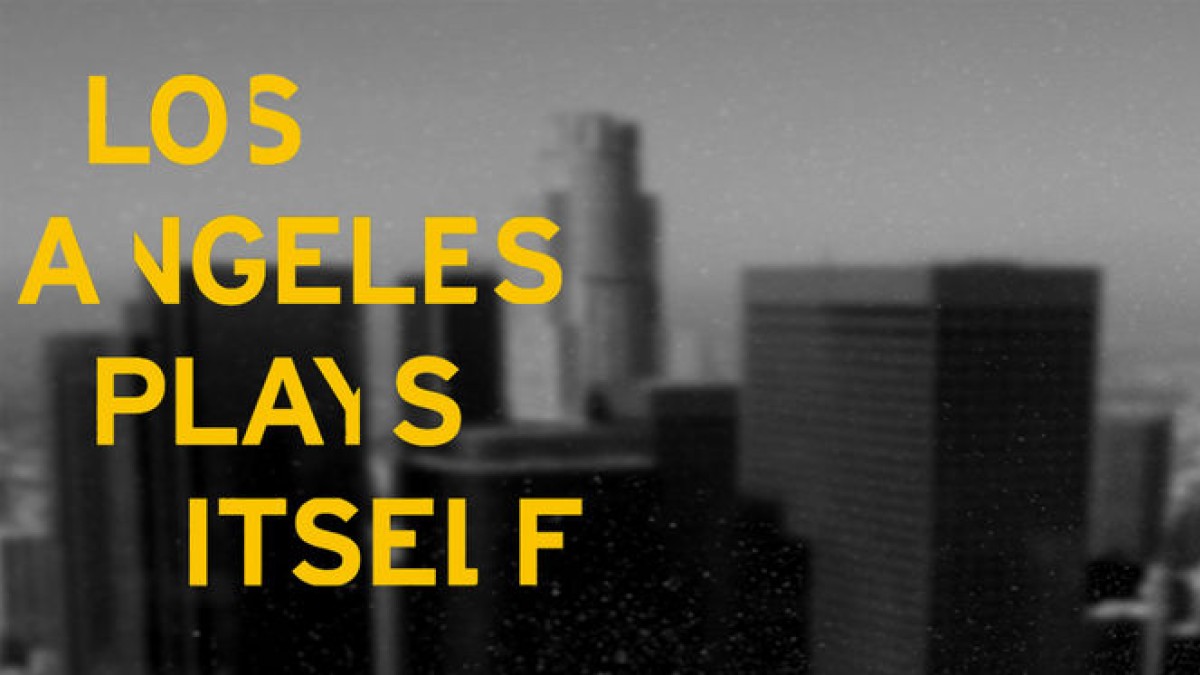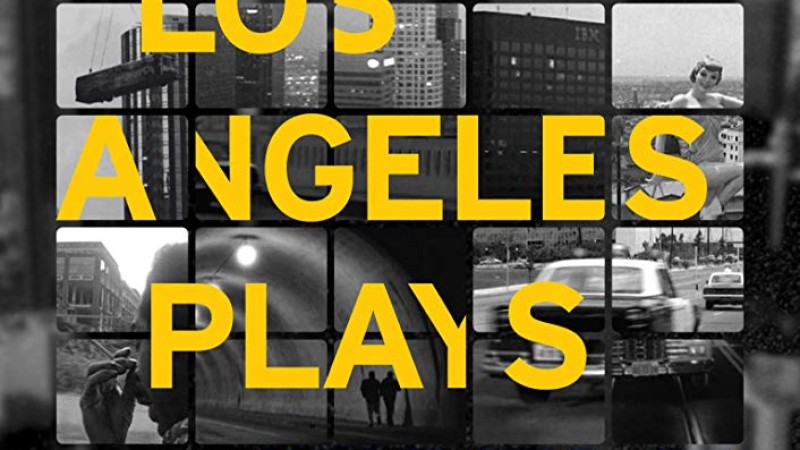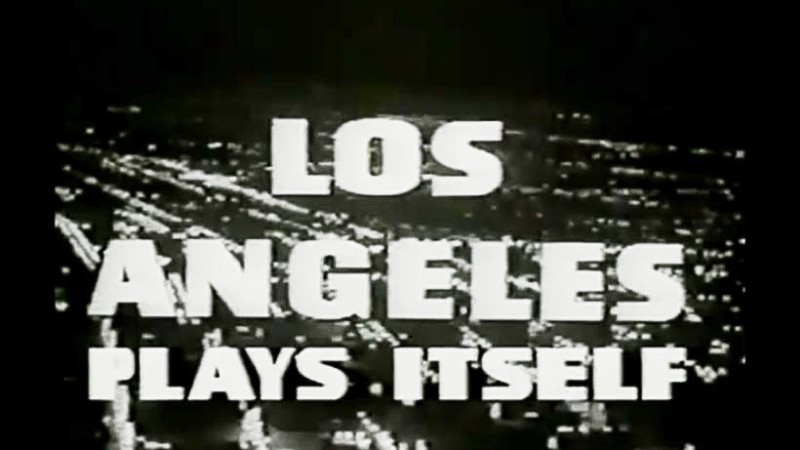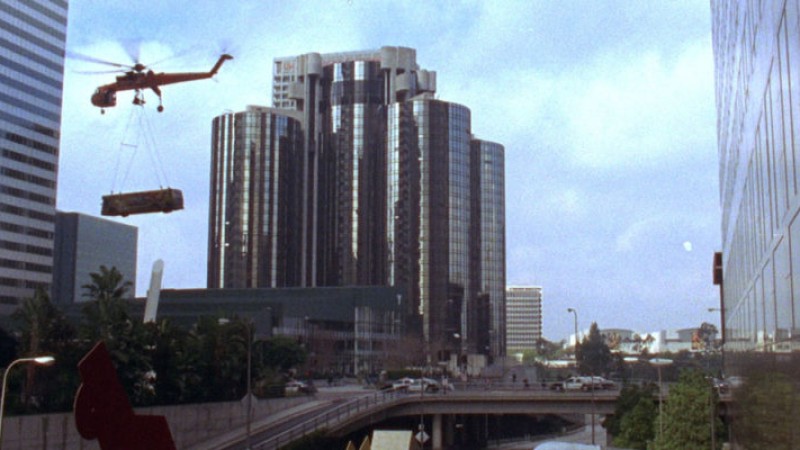Los Angeles Plays Itself

CalArts professor
Thom Andersen directs the digital video essay film Los Angeles Plays Itself, titled after a gay porn classic by Fred Halsted
(L.A. Plays Itself). Using clips from well-known mainstream movies to lesser-known obscurities, Andersen explores the myths
and realities of the city as produced by Hollywood and as viewed by contemporary philosophy. He divides the film into three
segments: "The City as Background," "The City as Character," and "The City as Subject." In addition to the pre-manufactured
images, he also provides footage of the actual landscape, showcasing structures like Union Station and LAX. His commentary
touches on various political and social views of the city, often voiced through criticism or praise of other filmmakers and
their work. Encke King delivers the narration.
Los Angeles may be the most photographed city in the world, but
is has never have been captured with such complex layers of meaning and fascination as in Los Angeles Plays Itself.
This analysis of how the megaburg is used and abused by the Hollywood fantasy machine, as well as his loving embrace of the
city's nature and history, will become essential viewing for Angelenos and movie lovers worldwide and a must booking for cinematheques
and specialty houses.
Andersen began the project in 1999 in the form of lectures at CalArts, partly as a critical
response to L.A. Confidential. The resulting vid-shot work is a dynamically edited and endlessly watchable intellectual entertainment
composed largely of clips from movies that have embrace cinema's natural pop-culture tendencies as well as textual sources
such as French philosopher-critic Gilles Deleuze.
After prologue including clips from Sam Fuller's The
Crimson Kimono, Andersen's constant narration (crisply voiced by Encke King) introduces many of pic's key theeses
and angles. Among them: Andersen feels that, as a longtime resident and lover of the city, he has the right to criticize distorted
depictions and put-downs of Los Angeles. He then provocatively asserts that just as a nonfiction film can have dramatic aspects,
a fiction movie can be viewed as a documentary. Andersen's key accomplishment is to profoundly alter the viewer's assumptions
of what is good in movies. A terrific example is his praise for what he calls «literalist» depictions of the city (such as
Gone in 60 Seconds) that strictly obey the local geography (unlike the wildly nonliteral Swordfish).
At the same time he is not above tweaking his stance: He praises non-Angelenos such as Michelangelo Antonioni for his beautyful,
expressive takes on the city in Zabriskie Point, even if that picture isn't always geographically
true. Other visitors who receive hosannas - those Andersens terms «high tourists» - include french cineastes Jacques Deray
and Jacques Demy. Los Angeles Plays itself concludes with extensive looks at Blade Runner
and the mythologizing of city history in Who Framed Roger Rabbit and Chinatown
with latter the locus of a key Andersen theme that Hollywood's cynism about social change cloaks a rock-ribbed conservatism.
Wealth of film clips will make cinephiles feel they've gone to heaven, but its deft use of clips that distinguishes this from
other clip heavy docus.
Robert Koehler «Variety»









